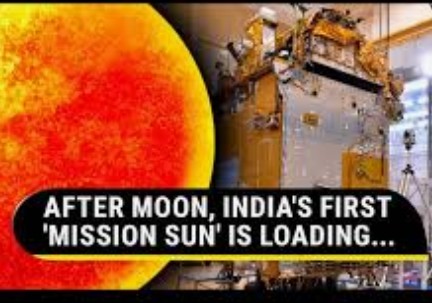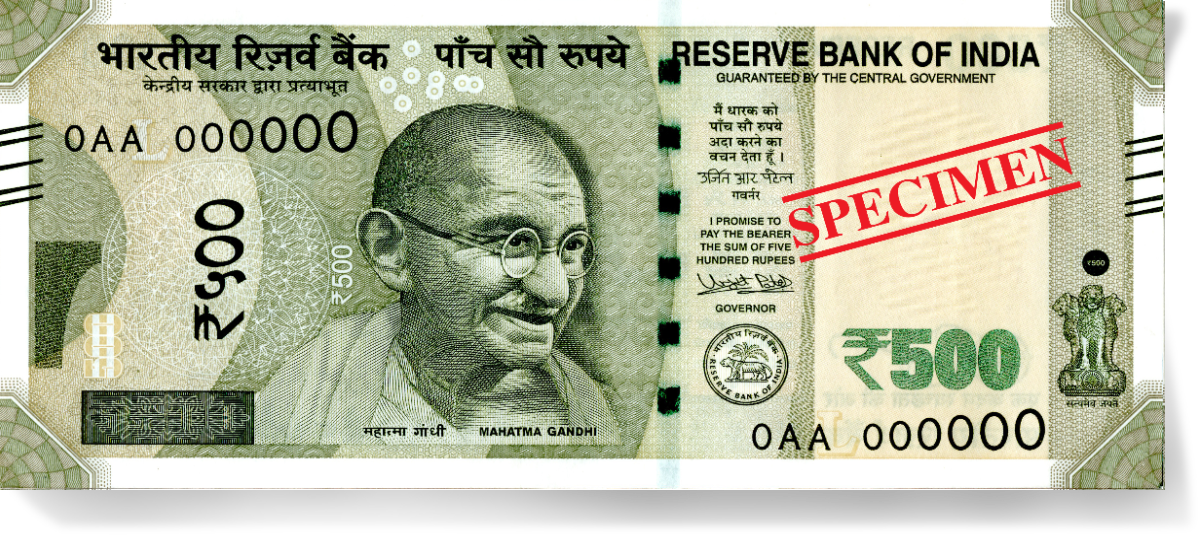The countdown to the launch of India's first solar mission, Aditya L1, has begun.
India's historic Aditya L1 mission is ready to unveil the Sun's secrets. Launched from Sriharikota, it will explore the Sun's surface temperatures and solar storms from the Lagrange 1 (L1) point. A PSLV C57 rocket will initiate the mission by placing Aditya L1 into orbit 800 kilometers above Earth.
Aditya L1, Solar mission, Sriharikota.
Countdown Commences for India's Historic Solar Mission
Bengaluru: The countdown to the launch of India's first solar mission, Aditya L1, has begun. The countdown to the rocket's launch began at 12:10 p.m. in Sriharikota. Tomorrow at 11:50 a.m., the spaceship will take off. The Aditya L1 probe is on its way to the Sun on a PSLV C57 rocket.
Exploring India's Solar Mission: Aditya L1Countdown Commences for India's Historic Solar Mission
The space enthusiasts and scientists at the Satish Dhawan Space Center in Sriharikota, Bengaluru, are eagerly awaiting the launch of India's inaugural solar mission, Aditya L1. The countdown officially began at 12.10 pm, setting the stage for an exciting journey into the depths of our solar system. Scheduled to lift off at 11.50 am tomorrow, Aditya L1 is poised to embark on a groundbreaking mission aboard a PSLV C57 rocket.
A Journey to the Sun
Aditya L1's primary destination is the Lagrange 1 (L1) point, strategically positioned 15 lakh kilometers from Earth, nestled between our planet and the mighty Sun. This ambitious mission aims to unravel the mysteries of our star by closely monitoring temperature fluctuations on its outer surface and studying the repercussions of solar storms.
A Precise Trajectory
To achieve its mission objectives, the PSLV C57 rocket will initially launch the Aditya L1 probe into a near-Earth orbit, situated 800 kilometers above our planet's surface. From there, a meticulously calculated low-energy propulsion transfer will gradually draw the probe closer to the challenging L1 point.
This crucial phase requires precision and expertise as the probe maneuvers through space. Eventually, the propulsion engine will come to the rescue, facilitating the probe's placement into a stable orbit around the Lagrange 1 point.
A Three-Month Journey
Aditya L1's voyage will span three months, during which it will explore various solar phenomena, including solar wind, magnetic fields, plasma flow, and coronal mass ejections. With seven payloads onboard, the mission will delve into the heating of the upper solar atmosphere and its impact on Earth's climate and atmosphere.
A Testament to Indigenous Ingenuity
One of the remarkable aspects of the Aditya L1 mission is its complete indigenization. Collaborations with numerous Indian institutions have resulted in the development of this cutting-edge spacecraft. This mission showcases India's prowess in space technology, underlining the nation's commitment to pushing the boundaries of space exploration.
As the countdown clock continues to tick down, the anticipation and excitement surrounding Aditya L1's impending launch are palpable. India's inaugural solar mission promises to shed light on the enigmatic workings of our Sun and its influence on our planet. Stay tuned for more updates as we follow Aditya L1 on its historic journey to the Sun.
Keep your eyes on the skies, as Aditya L1 prepares to unveil the secrets of our celestial neighbor!
India is on the cusp of a groundbreaking achievement with the imminent launch of Aditya L1, its first-ever solar mission. Set to launch from the Satish Dhawan Space Center in Sriharikota, this remarkable venture is poised to explore the mysteries of the Sun like never before.
The primary objective of Aditya L1 ”s to journey to the Lagrange 1 (L1) point, strategically positioned between the Sun and Earth, 15 lakh kilometers away from our planet. Here, the spacecraft will closely monitor temperature variations on the Sun’s outer surface and investigate the effects of solar storms.
To execute this mission, a PSLV C57 rocket will initiate Aditya L1’s journey by placing it into a near-Earth orbit, 800 kilometers above Earth’s surface. A meticulously planned low-energy propulsion transfer will gradually draw the probe closer to the challenging L1 point, where it will eventually be positioned in a stable orbit with the help of its propulsion engine.
Aditya L1’s three-month voyage will involve the study of various solar phenomena, including solar wind, magnetic fields, plasma flow, and coronal mass ejections. With seven payloads onboard, the spacecraft aims to uncover the intricacies of the Sun’s upper atmosphere and its impact on Earth’s climate and atmosphere.
Notably, Aditya L1 is a testament to India’s indigenous space technology capabilities, developed in collaboration with various Indian institutions. This mission underscores India’s commitment to advancing the frontiers of space exploration.
As the countdown continues, the world eagerly anticipates Aditya L1’s launch and its potential to unveil the secrets of our celestial neighbor. Stay tuned for updates as this historic solar mission embarks on its journey to decode the enigmatic Sun.
By : Sunil Kumar


























